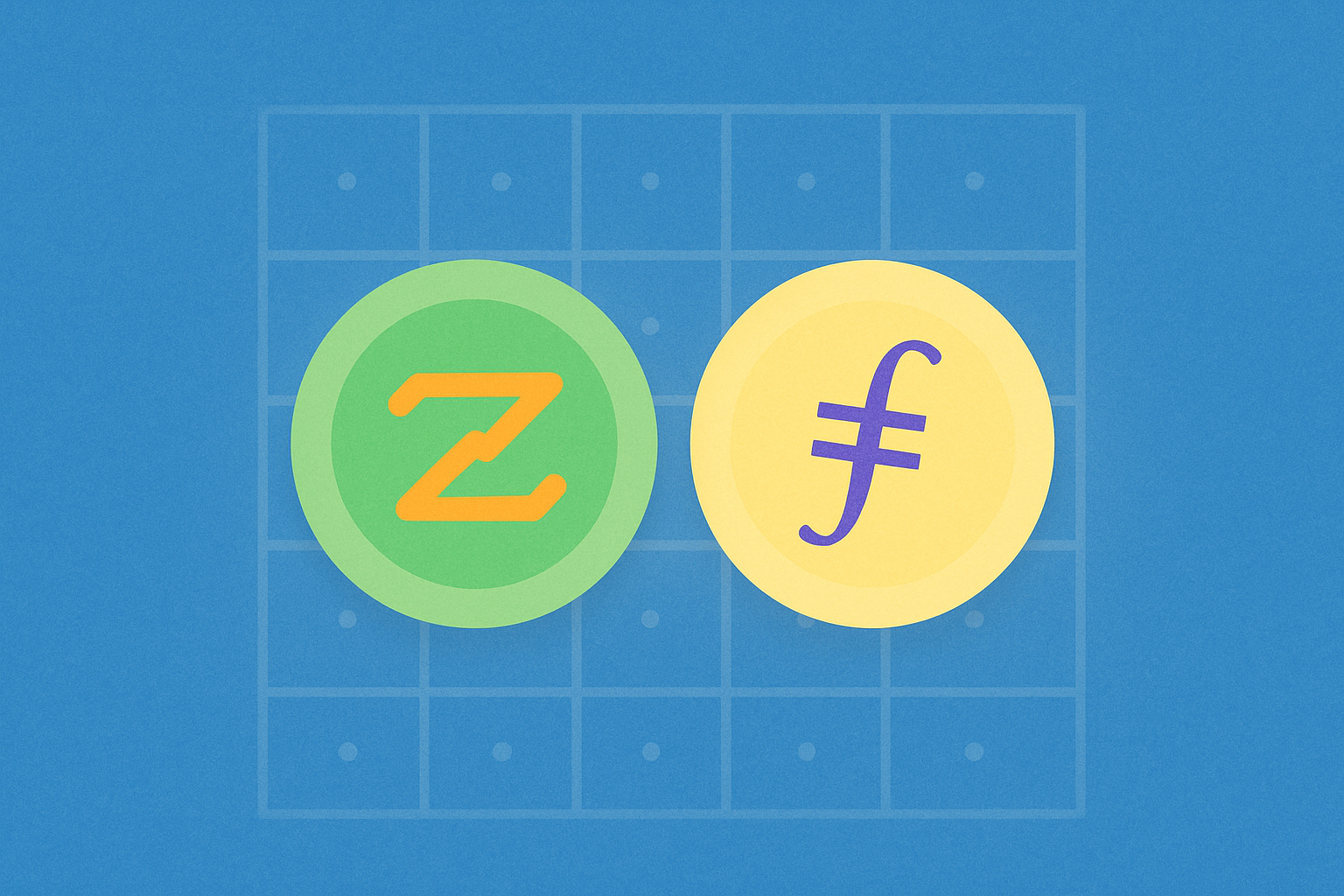2025 Гідні проекти з нульовими знаннями для перегляду: майбутнє масштабованих та приватних блокчейнів

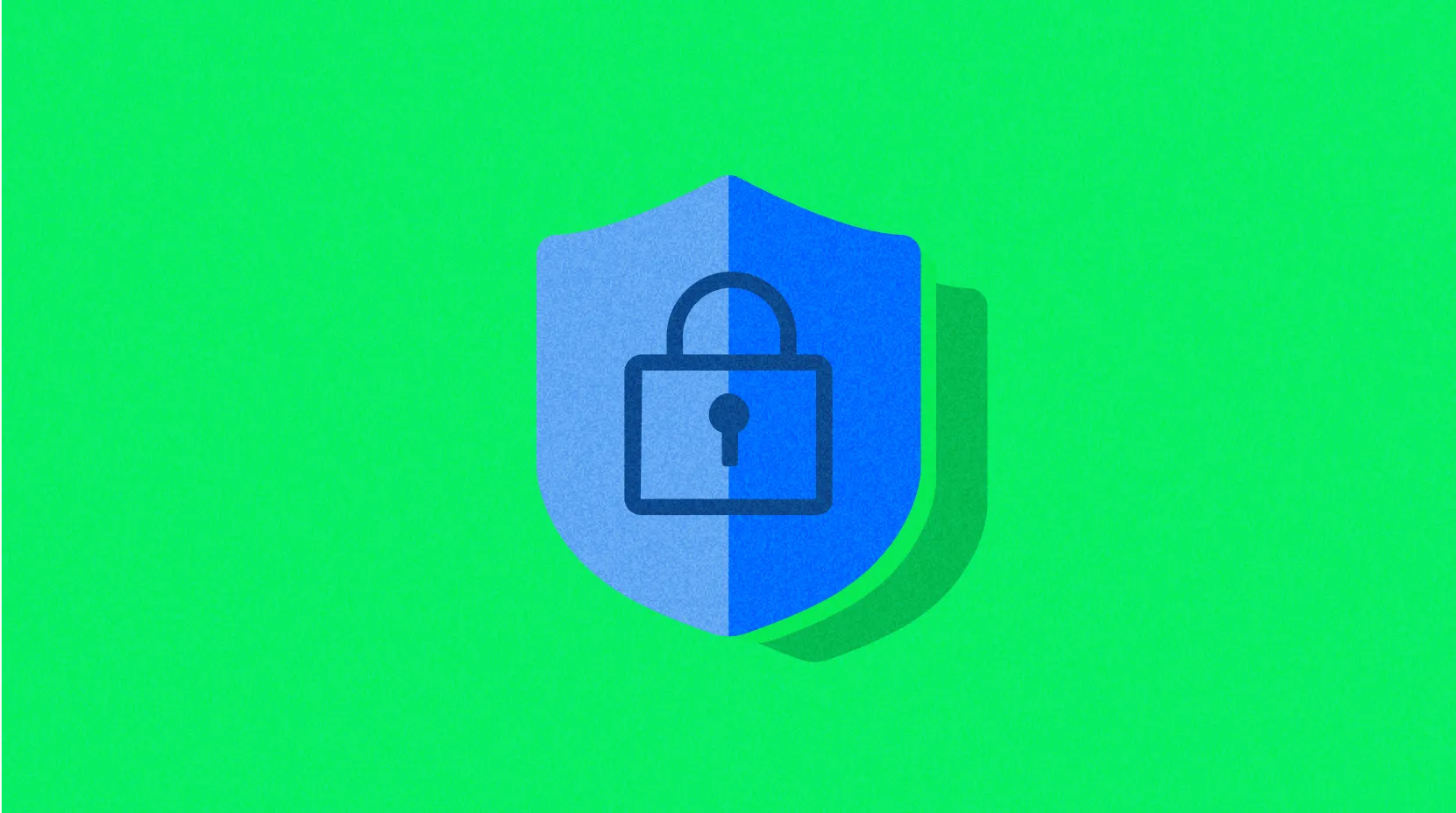
Що таке доказ нуль-знання?
Докази з нульовим відомостью дозволяють одній стороні довести істинність заяви іншій стороні, не розголошуючи додаткову інформацію. Ця технологія шифрування забезпечує конфіденційність та відсутність довіри, роблячи її ідеальним вибором для застосувань у галузі блокчейну. Докази з нульовим відомостью підтримують приватні транзакції, масштабовані рішення другого рівня та децентралізовані системи ідентифікації. З орієнтовною ринковою вартістю ДЗН понад 5 мільярдів доларів до 2025 року, ці проекти є на передньому краї Web3 інновацій.
2025 Заслуговуючі на увагу рейтинги проектів з нульовим рівнем інформації
zkSync
Огляд: zkSync, розроблений Matter Labs, є рішенням масштабування Ethereum Layer-2 на основі zk-Rollups. Воно обробляє тисячі транзакцій поза ланцюжком і пакує їх в одну ZKP для верифікації на ланцюжку, тим самим зменшуючи комісії за газ та затори.
Основні функції:
Масштабованість: Підтримує до 20 000 транзакцій на секунду (TPS).
Сумісність EVMПлавно інтегрований з екосистемою Ethereum.
КонфіденційністьДосягніть приватних транзакцій за допомогою zk-SNARKs.
Екосистема: Більше ніж 200 додатків, включаючи Uniswap та Chainlink, працюють в ері zkSync.
Чому ми повинні звернути увагу на 2025: Головна мережа zkSync Era продовжує розширюватися, із покращеними інструментами розробника, які включають в себе місцеву абстракцію облікового запису, що сприяє широкому поширенню.
StarkNet
Огляд: StarkNet, побудований компанією StarkWare, є рішенням рівня 2 для Ethereum, яке використовує zk-STARKs (Zero-Knowledge Scalable Transparent ARguments). На відміну від zk-SNARKs, zk-STARKs уникають довірених налаштувань, підвищуючи безпеку та децентралізацію.
Ключові функції:
Висока пропускна здатністьОбробка мільйонів транзакцій за низьку вартість.
Мова Каїро: Оптимізовано обчислення ZKP за допомогою мови програмування.
Застосування: Силу DeFi (наприклад, dYdX) та платформи NFT.
ПрозорістьНалаштування безпеки не зменшують ризики централізації.
Причини варті слідкувати у 2025 році: Планове оновлення StarkNet, включаючи шардування та рекурсивні докази, подальше підвищить масштабованість та приверне увагу корпоративних сценаріїв використання.
Мережа Ацтеків
Огляд: Aztec Network focuses on using zk-Rollups for private transactions on Ethereum. Its PLONK-based ZKP system can achieve confidential DeFi and payments, protecting detailed information of senders, receivers, and amounts.
Основні функції:
Приватність першоюЗабезпечте повністю приватні смарт-контракти.
Інтеграція DeFi: Підтримка приватного кредитування, торгівлі та розробки ліквідності.
Низька вартістьЗменшити комісії за транзакції за допомогою пакетного підтвердження.
Мова Нуар: Спрощення розробки приватних додатків.
Чому ми повинні звернути увагу на 2025: Наступне оновлення головної мережі Aztec та співпраця з DeFi протоколами, такими як Aave, розширять його приватний фінансовий екосистему.
Протокол Mina
Огляд: Протокол Mina є найлегший у світі блокчейн, підтримуючи постійний розмір 22 КБ за допомогою рекурсивних ZKPs. Він підтримує конфіденційні додатки та децентралізовані рішення для ідентифікації.
Основні функції:
Легкий дизайн: Для усунення надлишкового зберігання він дуже підходить для мобільних пристроїв та пристроїв з обмеженими ресурсами.
Снепи: Контракти з використанням ЗПД для приватних додатків.
Конфіденційність: Підтримка анонімних облікових записів та обміну даними.
Токен MINA: Для застави та управління.
Причини, на які варто звернути увагу в 2025 році: Mina фокусується на легких, легко доступних рішеннях блокчейну, які роблять його придатним для застосування в Інтернеті речей та мобільних додатках Web3.
Polygon zkEVM
Огляд: Polygon zkEVM, як частина рішення масштабування Polygon, є рішенням 2-го рівня, яке сумісне з Ethereum та використовує zk-Rollups. Воно поєднує безпеку Ethereum з низькими витратами інфраструктури Polygon.
Основні функції:
Еквівалент EVMПідтримує існуючі інструменти Ethereum та додатки.
Масштабованість: Обробка тисяч TPS за найнижчою вартістю.
Опції конфіденційності: Інтегруйте ZKP для приватних транзакцій.
ЕкосистемаЗабезпечений $1 мільярдом децентралізованих фінансів та ринку NFT Polygon.
Чому ми повинні звернути увагу на 2025: Партнерства з підприємствами та зручні для розробників інструменти Polygon zkEVM сприятимуть його впровадженню в галузі геймінгу, DeFi та ланцюжка поставок.
Чому проекти з нульовими знаннями є важливими
ZKPs вирішують дві ключові проблеми блокчейну: масштабованість та конфіденційність. Традиційні блокчейни, такі як Ethereum, стикаються з труднощами у високих комісіях та обмеженій пропускній спроможності, а публічні реєстри викривають дані транзакцій. Проекти ZKP надають:
Масштабованість: zk-Rollups пакують транзакції, досягаючи мільйони TPS.
Конфіденційність: Захищайте конфіденційні дані та підтримуйте конфіденційні фінансові та ідентифікаційні рішення.
ДецентралізаціяПрозорі протоколи, такі як zk-STARKs, зменшують залежність від довірених налаштувань.
Доступність: Легкий дизайн (наприклад, Mina) робить Web3 більш інклюзивним.
До 2025 року ці проекти стануть ключовими для екосистеми другого рівня Ethereum, яка оброблятиме понад 60% транзакцій на основі доказів з нульовим відомостями, а також побачить появу нових ланцюжків, таких як Solana та Polkadot.
Виклики, з якими стикається проєкт ZKP
Незважаючи на обіцянки, проекти доказів з нульовим знанням стикаються з перешкодами:
Витрати на обчисленняДоказ роботи потребує значної обчислювальної потужності, що збільшує витрати.
Складності: Розробка додатків на основі ZKP вимагає високого рівня експертизи з криптографії.
ІнтероперабельністьІнтеграція ZKP між блокчейнами все ще є технічним викликом.
Прийняти: Наразі триває навчання розробників та користувачів про переваги доказів нульового знання.
Інновації, такі як апаратне прискорення та інструменти розробника (наприклад, Circom, Hardhat), вирішують ці проблеми та відкривають шлях для більш широкого поширення.
Майбутнє без знань у 2025 році
До 2025 року очікується вибуховий ріст ринку ZKP, спричинений регуляторними вітрами та технологічними досягненнями. Законодавство ЄС щодо захисту даних та глобальні закони про конфіденційність відповідають принципам ZKP, що сприяє їх прийняттю підприємствами у фінансовому, медичному та секторах ланцюжків постачання. Тим часом рішення 2-го рівня планують знизити комісійні збори Ethereum до 90%, що дозволить мільйонам користувачів отримати доступ до Web3.
Проекти, такі як zkSync, StarkNet, Aztec, Mina та Polygon zkEVM, очолюють цей процес, при цьому кожен проект присвячений вирішенню унікальних використань, що охоплюють широкий спектр від приватного DeFi до легкого блокчейну. З покращенням інструментів розробника та прогресом взаємодії міжланцюжкової, ZKP перевизначить масштабованість та конфіденційність блокчейну.
Висновок
Доказ нульового знання розблоковує повний потенціал Web3, дозволяючи масштабування, приватність та безпеку Blockchain. До 2025 року zkSync, StarkNet, Aztec Network, Mina Protocol та Polygon zkEVM є піонерами, які приводять інновації у сферах DeFi, верифікації ідентичності та інших галузях. Для інвесторів, розробників та користувачів ці проекти представляють майбутнє децентралізованої технології, де конфіденційність та ефективність можуть існувати паралельно.
"

Що таке zk-SNARKs? Розуміння технології шифрування, яка сприяє конфіденційності Web3

Як Докази з нульовим розголошенням змінюють конфіденційність у криптоактивах: від ZK-Rollups до приватних транзакцій
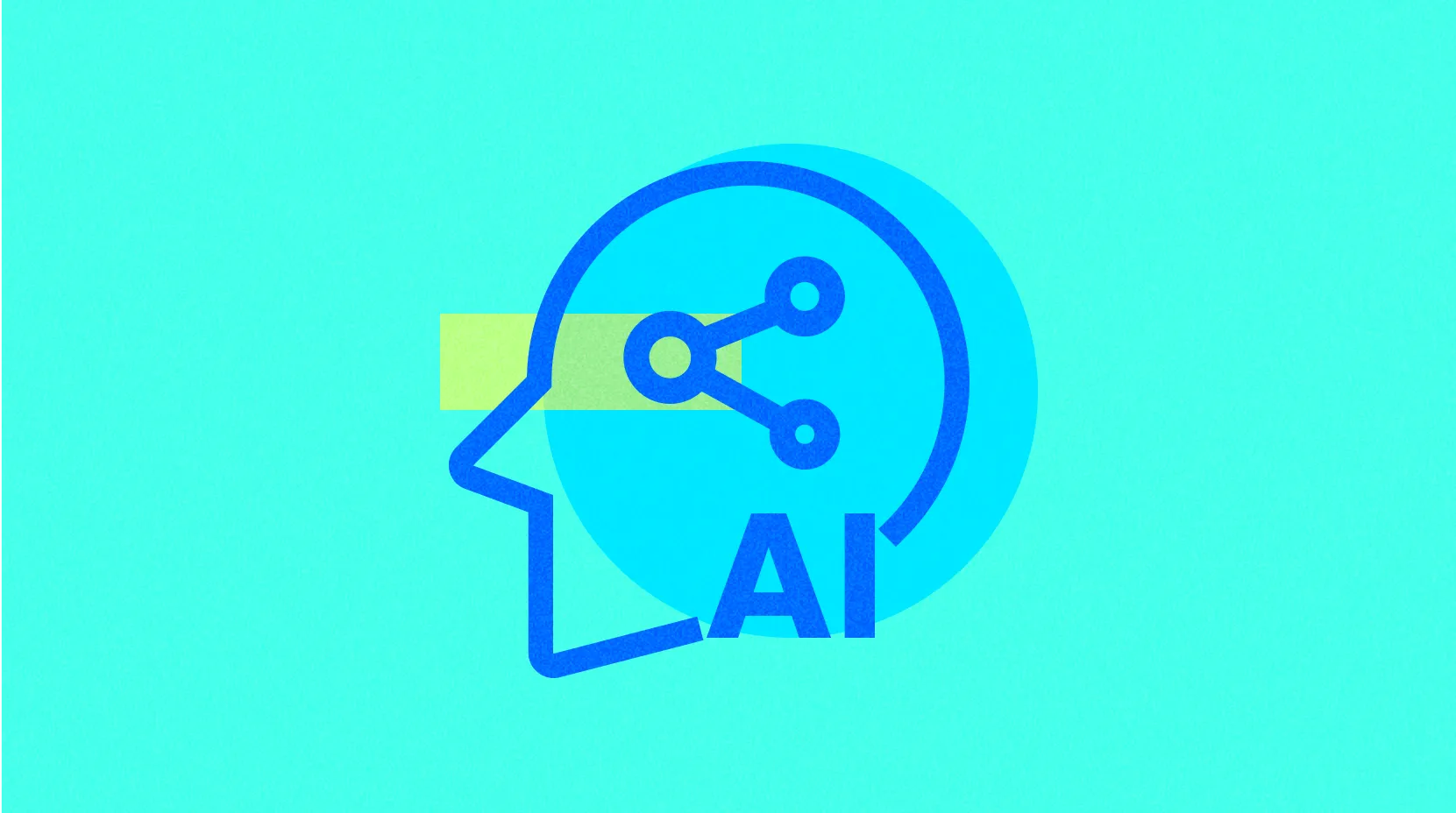
Nillion: Вирішення дилеми конфіденційності даних Web3 за допомогою сліпого обчислення

Протокол людства: Революція в перевірці ідентичності Web3 у 2025 році
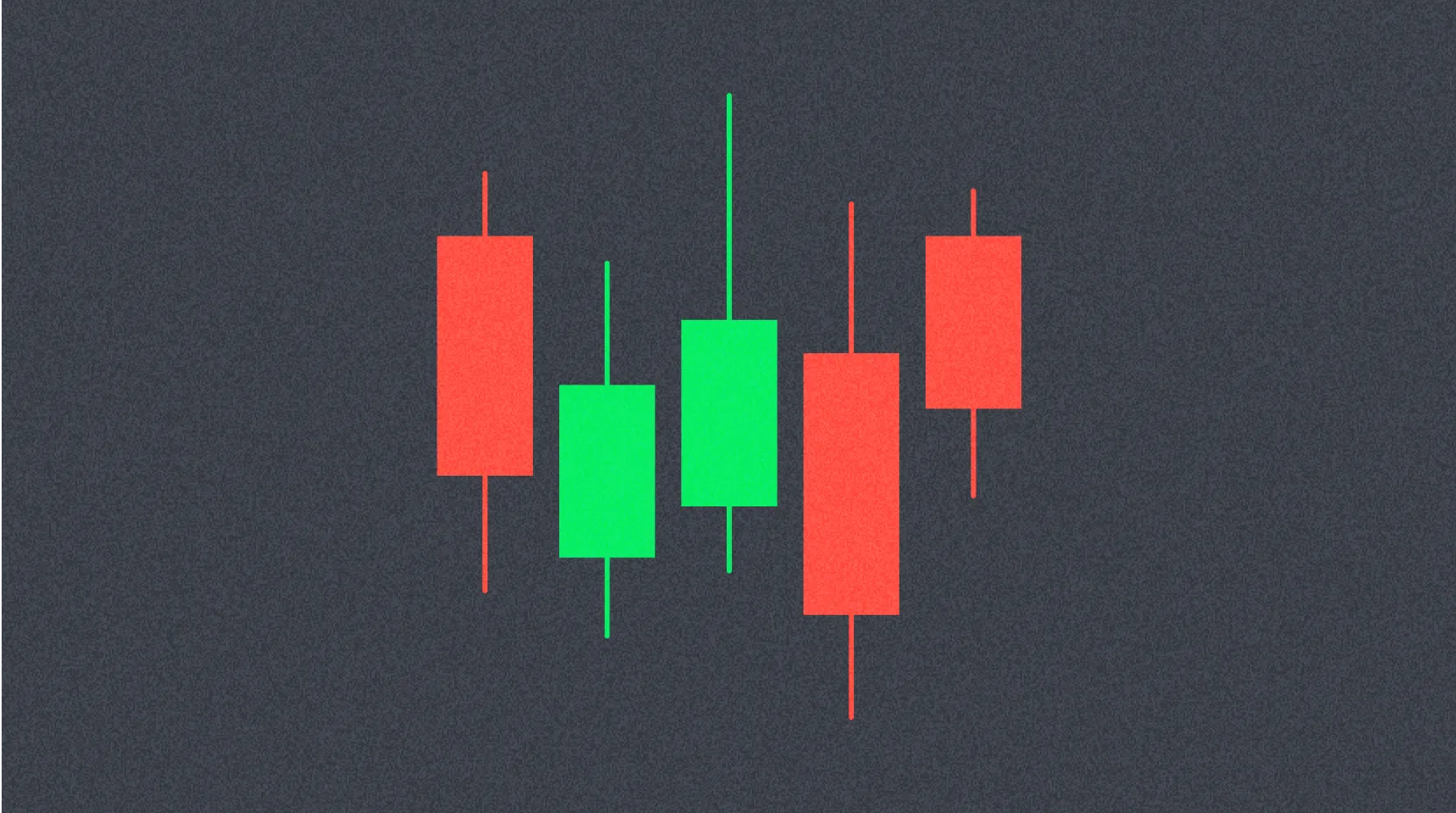
Bedrock Deep Dive: Комплексний аналіз білого документа, технічних інновацій та майбутньої дорожньої карти

Протокол людства: Революція цифрової ідентичності з використанням сканування вен на долоні у 2025 році
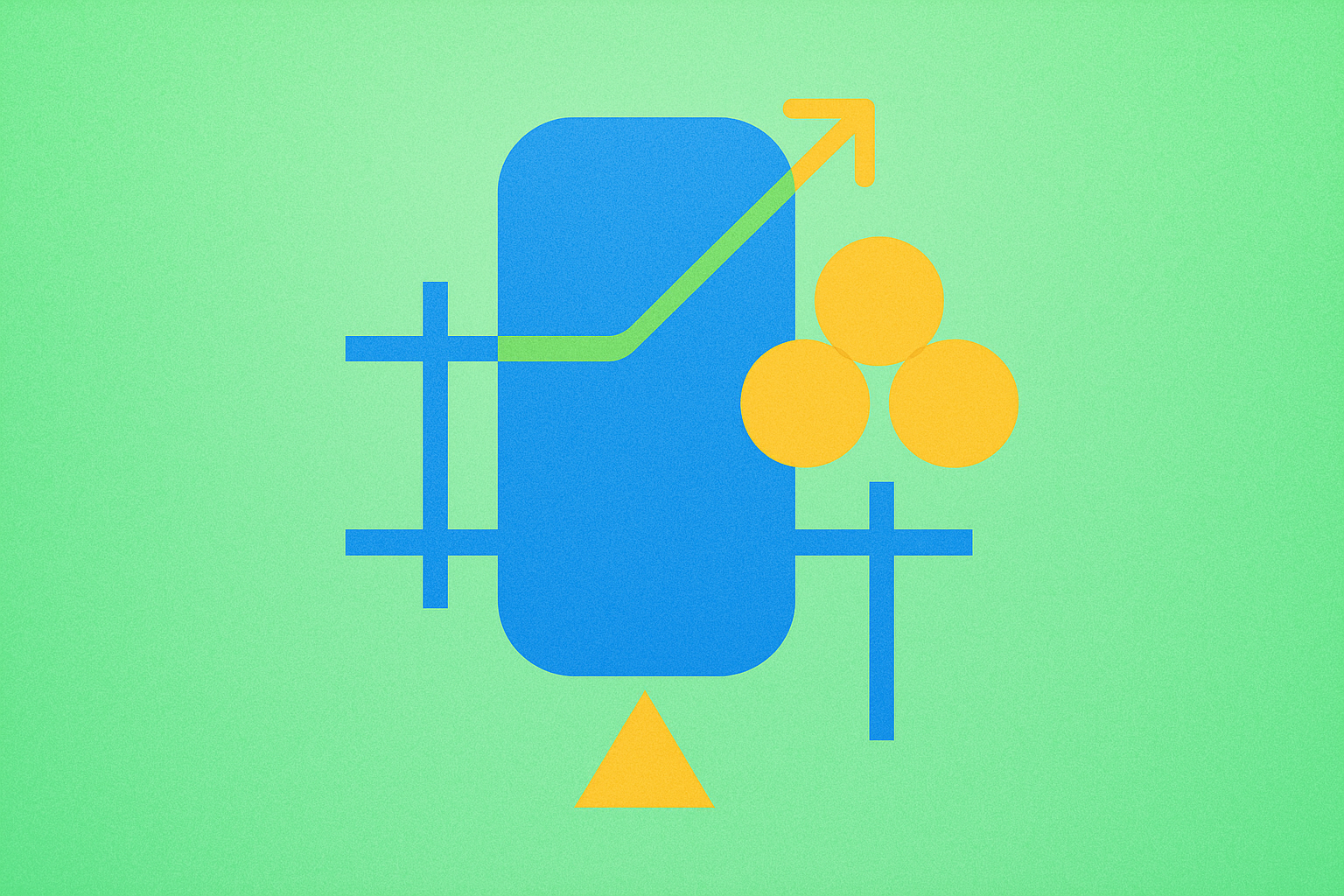
Falcon Finance (FF): чи варто інвестувати? Комплексний аналіз прибутковості, ризиків та ринкового потенціалу
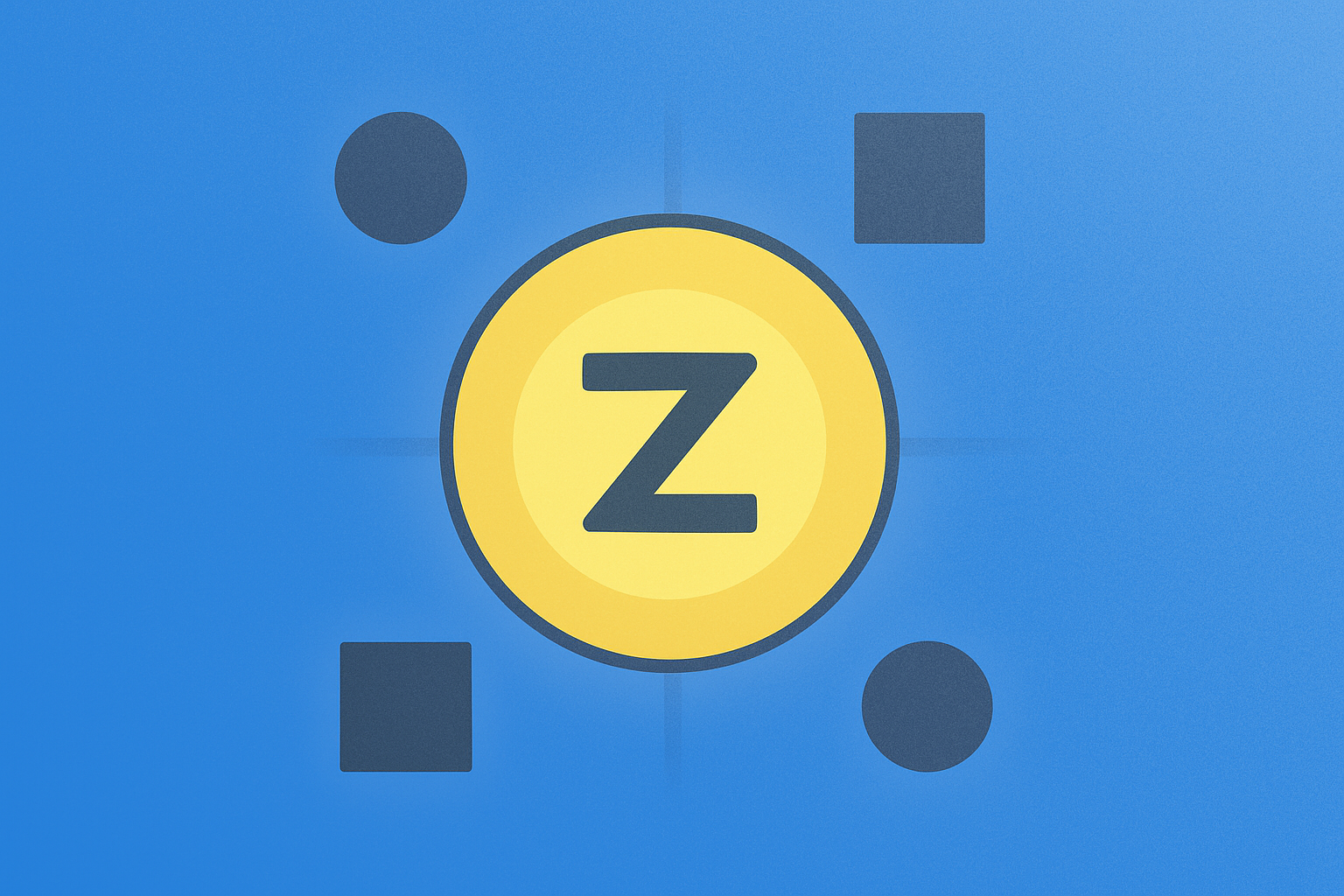
Чи варто інвестувати у Zebec Protocol (ZBCN)?: Повний огляд токеноміки, прикладів застосування та ринкових перспектив у 2024 році
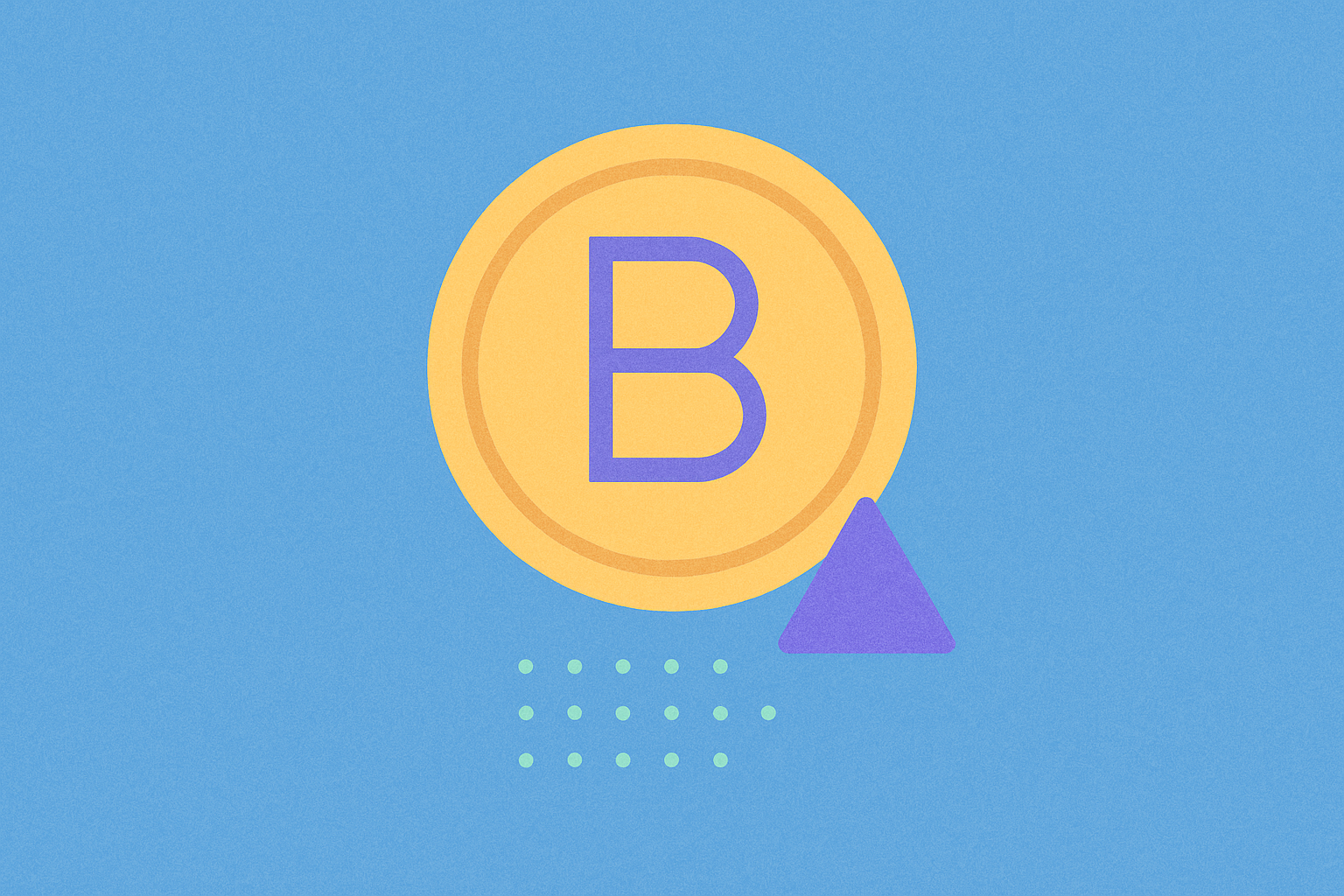
Чи варто інвестувати в Audiera (BEAT)?: Повний аналіз токеноміки, потенціалу ринку та ризиків

Чи варто інвестувати у zkSync (ZK)?: Детальний аналіз технологій масштабування Layer 2 та можливостей їх розвитку
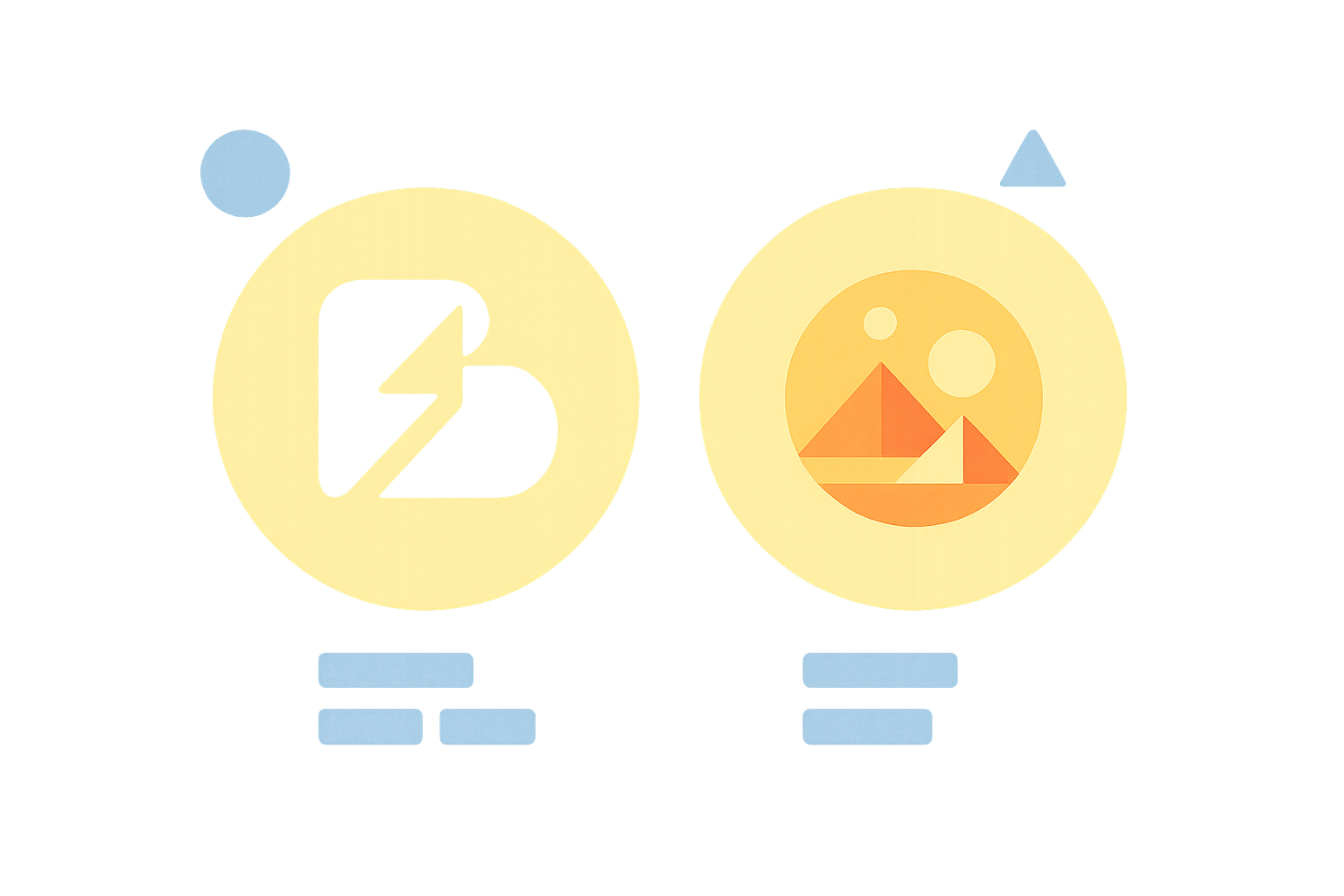
TBC проти MANA: Детальне порівняння двох ключових токенів управління блокчейном
